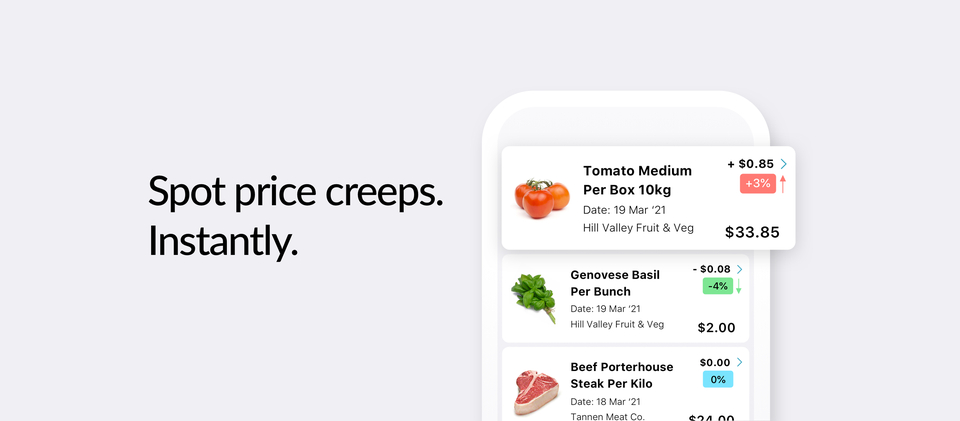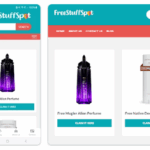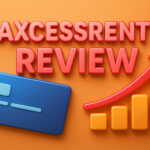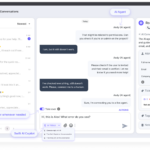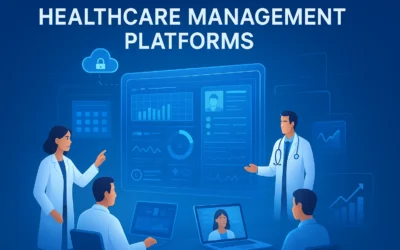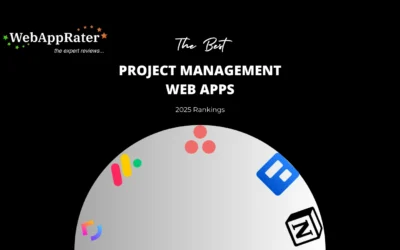To manage a successful restaurant, several factors must be taken into account. Maintaining a good balance between income and spending is essential. An essential portion of a restaurant’s total expenditures is food cost management. The meal price in a restaurant is essentially the total of the ingredients and labour that make it. Between 30-40 percent of the total menu price should be spent on food. Due to waste and theft, the cost of the product rises.
Our detailed guide on Food and Beverage Control may help when it comes to cutting expenditures.
Losses occur when the cost of meals at a restaurant rises due to various circumstances. The food price goes up when raw materials go up or the yield goes down, but the menu price stays the same. The quality of the cuisine and its quantity size cannot be sacrificed for a restaurant to be a success. An intelligent restaurant POS further simplifies and maintains a good flow of restaurant cost management, but raising the price may also decrease consumers.
We spoke to several industry experts to see how they keep food prices under control in their restaurants so that restaurateurs may strike the right balance between quality, price, and customer happiness when it comes to their restaurants’ menus. The following is an explanation of what they said:-
Cost-effectiveness in the management of restaurant food?
These seven pointers will assist you in your restaurant’s quest to reduce food costs. Could you make use of them right now?
Engineering of the Menu
Food cost management begins and ends with menu design. Menus are more than simply a list of items and their associated costs; they are the first step in getting customers interested in what you have to offer. Relative pricing may entice clients to spend more money by promoting high-profit products on the menu.
The right menu doesn’t only provide a wide variety of options. When chefs are allowed to use a single ingredient in several recipes, it saves them money and helps the environment by reducing food waste and purchasing additional ingredients. Most restaurant owners use this strategy to reduce food expenses and increase earnings.
Many fresh foods aren’t readily accessible all year round, but it’s critical to provide your client’s meals made with these in-season ingredients at a reasonable price. Restaurant food expenditures may be reduced by altering the menu based on seasonal cuisine. You may save money on food by offering a seasonal menu, but you can also introduce your consumers to new and exciting meals and recipes.
Sticking to a Proven Method
Restaurant owners and chefs believe that the best way to reduce food expenses is to follow a uniform recipe. For a meal to be referred to be a standard recipe, it must include a set of instructions that have been tried and proven throughout time.
Over-changing recipes lead to a higher total cost since more ingredients have to be acquired, and the supply is never constant. Using the same ingredients repeatedly helps cut down on waste and keeps the cost of each meal in control.
Receiving Raw Materials in a Correct Manner
The most significant price differences in food are seen when the raw ingredients are acquired on the open market. You must weigh and measure all of the products you purchase for your restaurant’s kitchen to guarantee that you are receiving the correct quantity.
Management of the yield
It would be best if you optimized the yield of each component in your restaurant’s menu to reduce food costs by using Pricebook. The quantity of an item purchased will be directly dependent on the yield it delivers, making yield management a crucial consideration when keeping food costs under control.
Control of Waste and Storage
Storage is the next step in reducing food expenditures. The raw materials need to be kept to extend their shelf life and make them more useful for manufacturing. To minimize waste, it is essential to determine when and how much to purchase, keeping the product’s shelf life in mind.
Accounting and Financial Reporting
When it comes to keeping tabs on restaurant food prices, nothing beats reporting and accounting. Which can be done easily by using Price book Your restaurant’s food expenditures may be better managed if you track every item bought and utilized, as well as any connected financial transactions.
When it comes to purchasing raw ingredients and preparing and delivering meals to the restaurant, reporting systems may be pretty helpful. To keep track of all the activities taking place in the restaurant, it is a good idea to use point-of-sale restaurant software that includes reporting and accounting features. It is possible to see all your current raw material, trash, utilized and new orders using these tools. When it comes to budgeting, this is a must-have.
Analysis of your restaurant’s food expenses
Market research is necessary before you begin designing and implementing your strategy. Make a thorough review of your restaurants and outlets, analyze the last three months’ patterns, and devise a plan of action. Determine how much raw materials you will need based on how many people will be purchasing your product and how many sales you expect to make. You can effectively manage and control your restaurant’s food expenditures if you have a well-thought-out strategy in place.
To minimize waste and give your customers only the greatest and freshest products, you may use forecasts based on prior patterns in food consumption to determine how much inventory to keep on hand. Among the many costs that are draining businesses, food is one of the most critical. As a result, commit these seven suggestions to memory and adhere to them religiously to observe how they might help keep your cash registers full.

